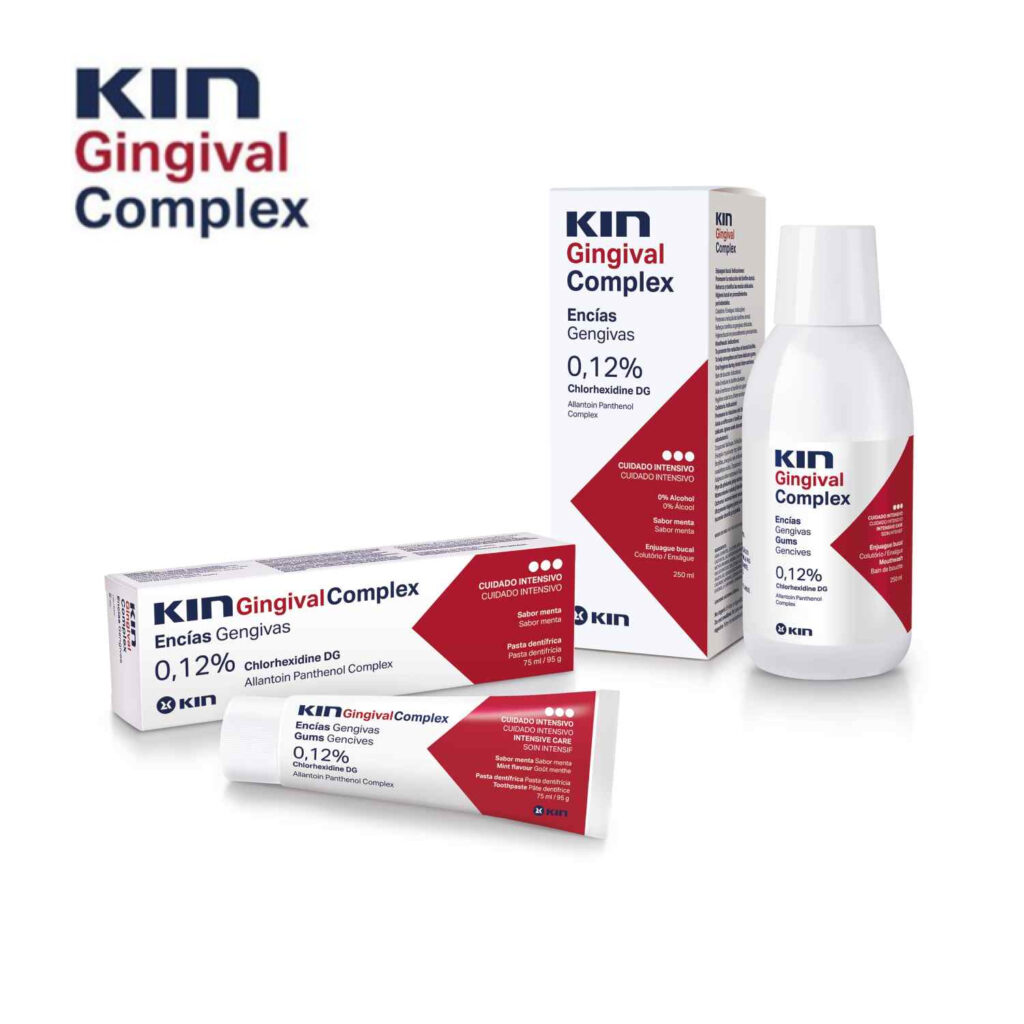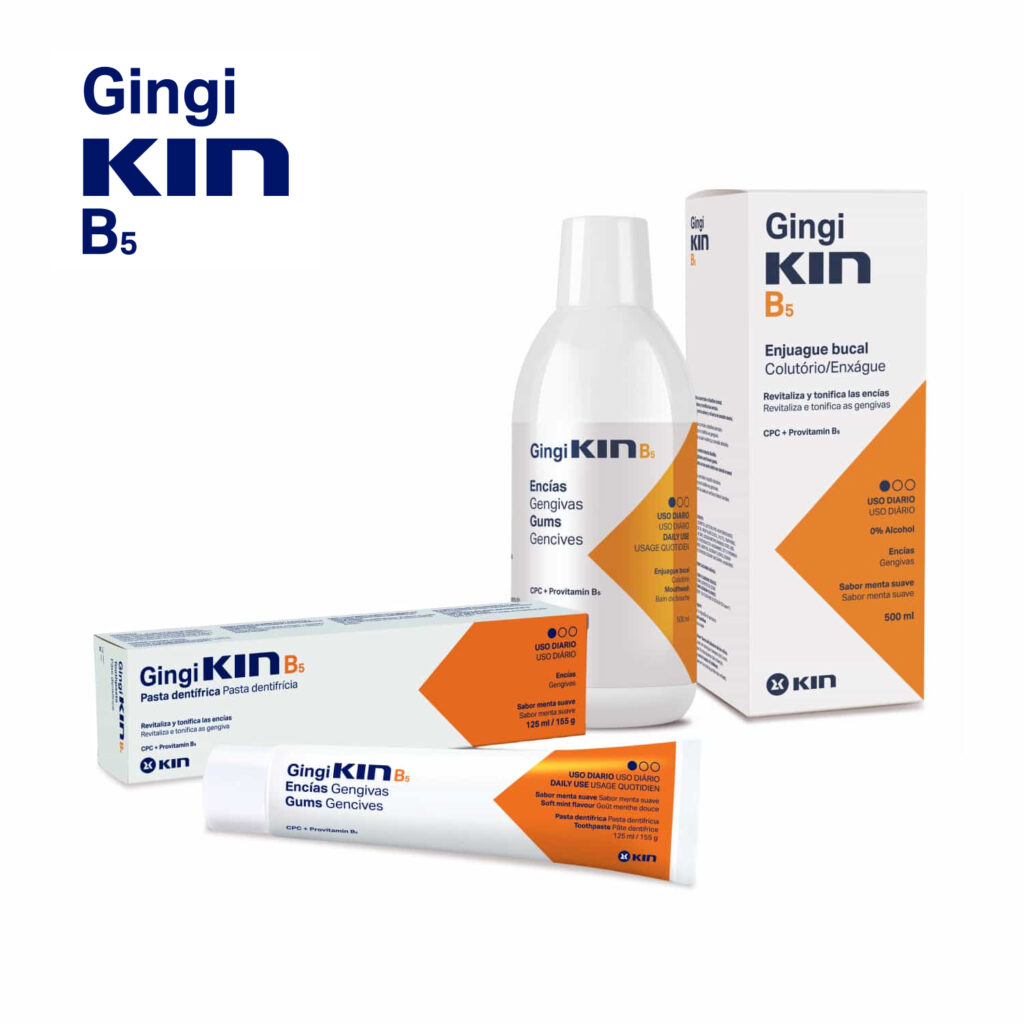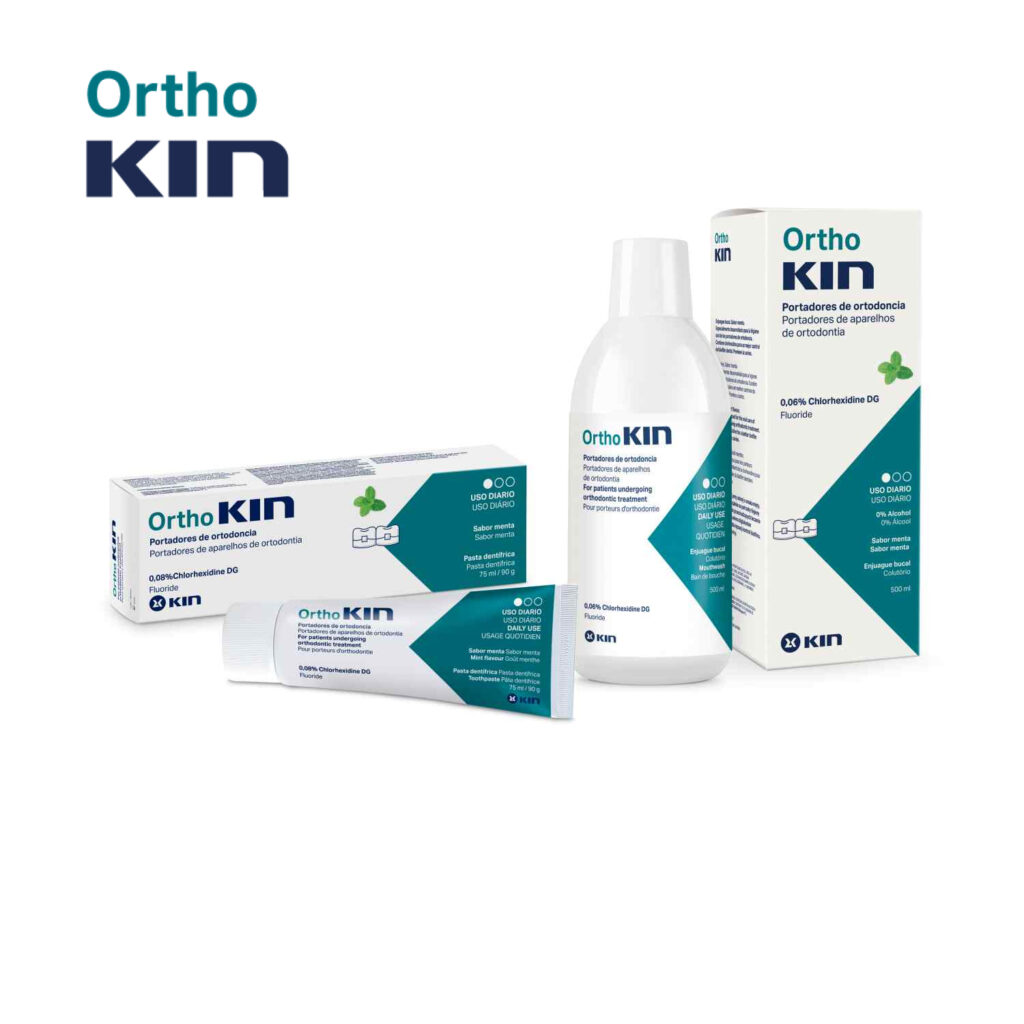The toothbrush, our best ally in maintaining good oral hygiene and preventing dental disease, can play an important role in the transmission of disease and increase the risk of infection by serving as a reservoir of microorganisms.
Numerous studies have shown the presence of different types of microorganisms (including viruses) in the bristles of brushes, capable of remaining in them for days or even weeks.
Given the current pandemic of COVID-19, which has made us change many aspects of our daily routine, we must also take special care with our toothbrush and adopt a series of measures in order to prevent the risk of contagion.
How to prevent toothbrushes from being a source of contagion and transmission of the COVID-19 virus?
1) Do not share your toothbrush
The toothbrush is for personal use, so it should not be shared or exchanged with anyone to eliminate the risk of disease transmission.
2) Wash your hands thoroughly
In order to avoid the spread of the disease, it is necessary to prevent the virus from coming into contact with our mucous membranes. Therefore, it is very important to take care of hygiene at every moment of our day and to avoid touching our face (especially our eyes, nose and mouth).
Before brushing our teeth, it is essential to wash our hands thoroughly with soap. This washing should last at least 40 seconds and include washing between the fingers, palms, wrists and thumbs.
3) Take special care of your toothbrush after brushing
Disinfect the brush well after use
The contact with our oral cavity and/or the warm and humid environment of the bathroom, induces the accumulation and development of microorganisms in the bristles of the brush, among which the coronavirus can be found. It must be taken into account that a percentage of the infected population is asymptomatic, that is, it is a carrier of the virus despite not showing symptoms. Therefore, it is recommended to carry out a correct disinfection of the toothbrush after brushing.
Chlorhexidine and Cetylpyridinium Chloride (CPC) are a good complement to oral hygiene and brush disinfection. They are two antiseptics widely used in mouthwashes because they are effective and safe. As for the first one, its use is usually previously prescribed by a dentist, while the second one is a daily use antiseptic.
Thanks to their broad antimicrobial spectrum, mouthwashes with these substances can also be suitable for brush disinfection. In addition, CPC has been published to possess substantial virucidal activity against strains of the influenza virus, by attacking and degrading its viral envelope. These results open the door to the possibility that CPC could also be effective against other enveloped viruses such as coronaviruses.
For a good result, it is ideal to immerse the toothbrush in a glass with a mouthwash containing cetylpyridinium chloride and preferably chlorhexidine. After 30 minutes, rinse it thoroughly with water and dry it properly.
Make sure you dry it well
It is essential to ensure that the brush does not get wet. Moisture encourages the growth of microorganisms. It can be shaken well by turning the handle from left to right and stored with the head upright. In this way, any remaining water will run off the brush handle. If the brush has a cap, it is advisable that it has holes to facilitate final drying and avoid keeping the bristles wet.
Keep it in an enclosed place, at least 1 meter away from the toilet and sink
The ideal place to store the brush is in a closed cabinet, at least one meter away from the toilet and wash basin. After handwashing or flushing the toilet, bacteria remain in the environment and can be deposited in the bristles of toothbrushes, as the coronavirus can be transmitted from urine and faeces.
Another preventive measure is to lower the toilet seat after use. When the toilet is flushed, an aerosol is produced that is held for a few moments in the air and can be deposited on the brush. Maintain a healthy mouth with daily care routines.
Discover our products for daily oral care

Avoid storing brushes in a pile in the same container
Keeping all toothbrushes in one container increases the contact between the brush heads, which increases the likelihood of transmission of microorganisms from one brush to another. Therefore, it is recommended to store toothbrushes individually.
4) Wash your hands thoroughly after brushing
Once the process is complete, it is important to carefully rewash your hands after handling a toothbrush that may contain coronavirus.
What preventive measures should I take after I overcome the disease?
Once the disease is over, it is advisable to take some precautions that will avoid suffering a reinfection or spreading it to other people, such as
Replace the toothbrush with a new one; in the case of an electric toothbrush, change its head. It is important to remember that regardless of whether you are going through a period of illness, it is advisable to replace your toothbrush every three or four months.
Discover our oral hygiene products with CPC
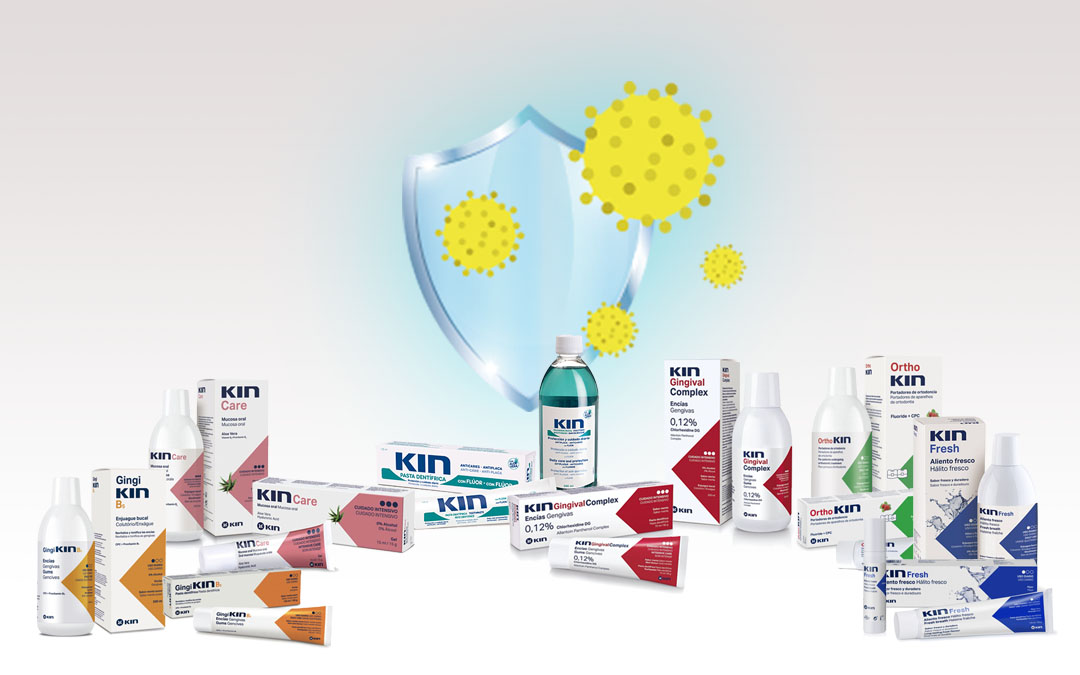
You may be interested in: Cetylpyridinium chloride as a tool against COVID-19
Follow us: Facebook, Twitter, Linkedin or Instagram

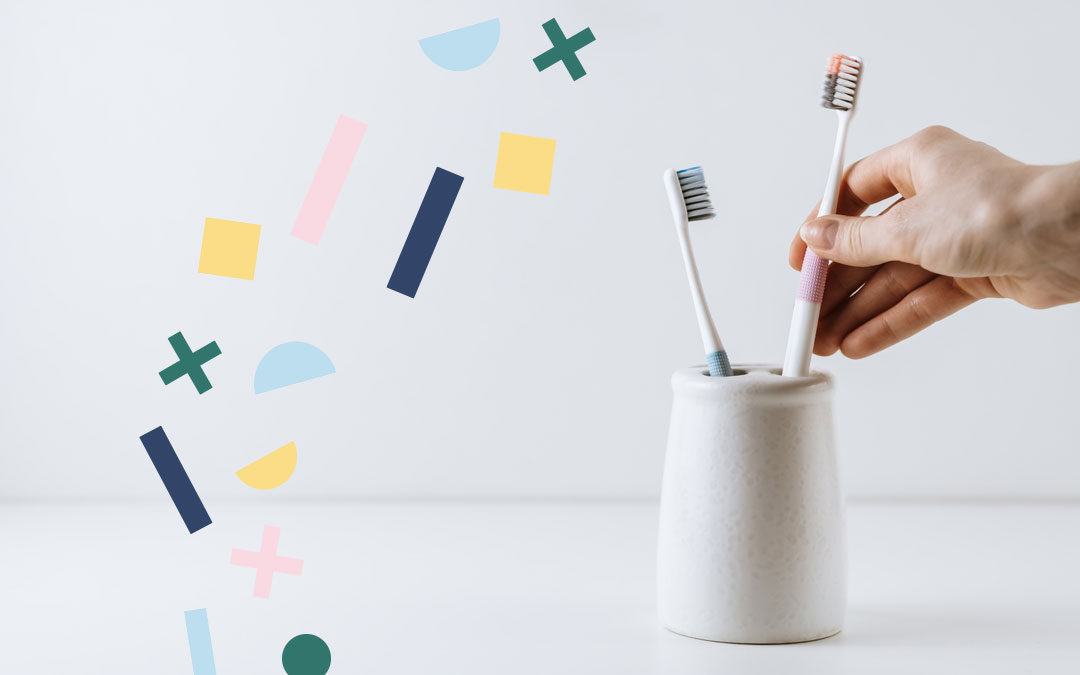
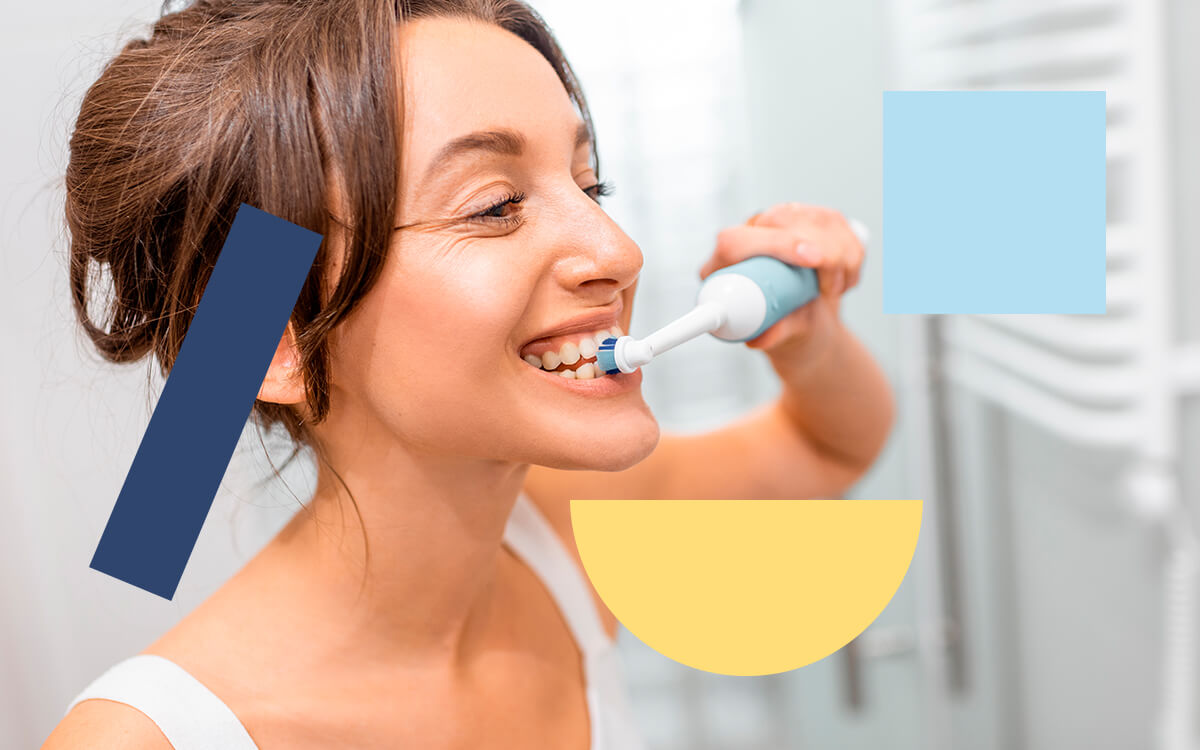 What to consider when choosing the best electric toothbrush?
What to consider when choosing the best electric toothbrush? How to relieve pain with newly placed braces?
How to relieve pain with newly placed braces? How to keep your breath fresh?
How to keep your breath fresh?